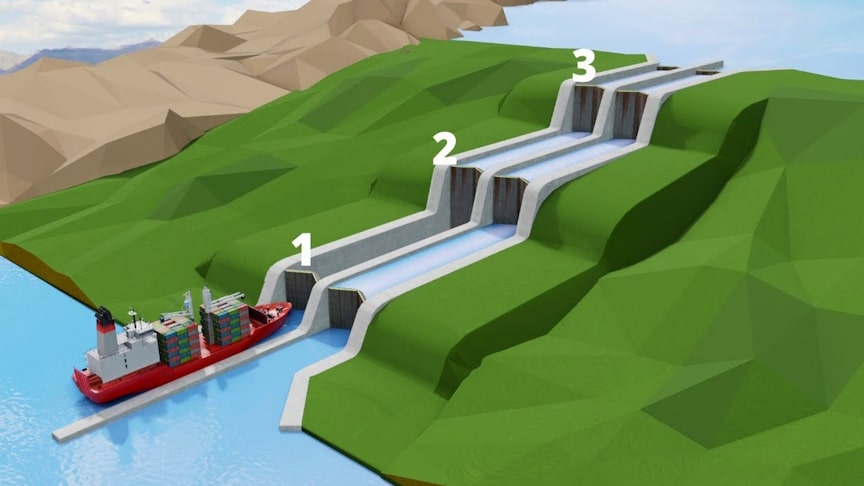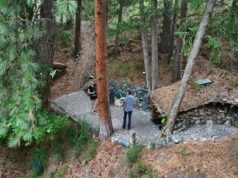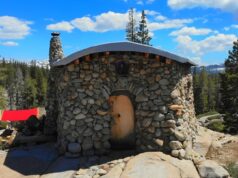The Panama Canal (Spanish: Canal de Panamá) is an artificial 82 km (51 mi) waterway in Panama that connects the Atlantic Ocean with the Pacific Ocean and divides North and South America. The canal cuts across the Isthmus of Panama and is a conduit for maritime trade. One of the largest and most difficult engineering projects ever undertaken.The Panama Canal was, is, and shall remain the terrain engineering marvel of the 20th century.The canal consists of artificial lakes, several improved and artificial channels, and three sets of locks.
An additional artificial lake, Alajuela Lake (known during the American era as Madden Lake), acts as a reservoir for the canal. The Canal uses a system of locks -compartments with entrance and exit gates. The locks function as water lifts: they raise ships from sea level the Pacific or the Atlantic to the level of Gatun Lake (26 meters above sea level); ships then sail the channel through the Continental Divide.Watch the video from Lesics:
All of the chambers have a lift of around 29 feet, except for the last Miraflores Lock which must compensate for the Pacific tides.Water is moved from a higher lock chamber to a lower one using only the force of gravity.Approximately 26 million gallons of Lake Gatun water ends up in the ocean each time a ship passes through one end of the Canal, making a total of 52 million gallons for a complete transit.These steps describe ascending the Gatun Locks.
Advertisement
The size of ships that could transit the canal, called Panamax, was constrained by the size of the locks, which are 110 ft (33.53 m) wide and 1,050 ft (320.04 m) long, and 41.2 ft (12.56 m) deep. The third set of locks allow transit of larger, Post-Panamax ships, which have a greater cargo capacity than the current locks can handle. The new lock chambers are 180 ft (54.86 m) wide, 1,400 ft (426.72 m) long, and 60 ft (18.29 m) deep. These dimensions allow for an estimated 79% of all cargo-carrying vessels to transit the canal, up from 45%.











